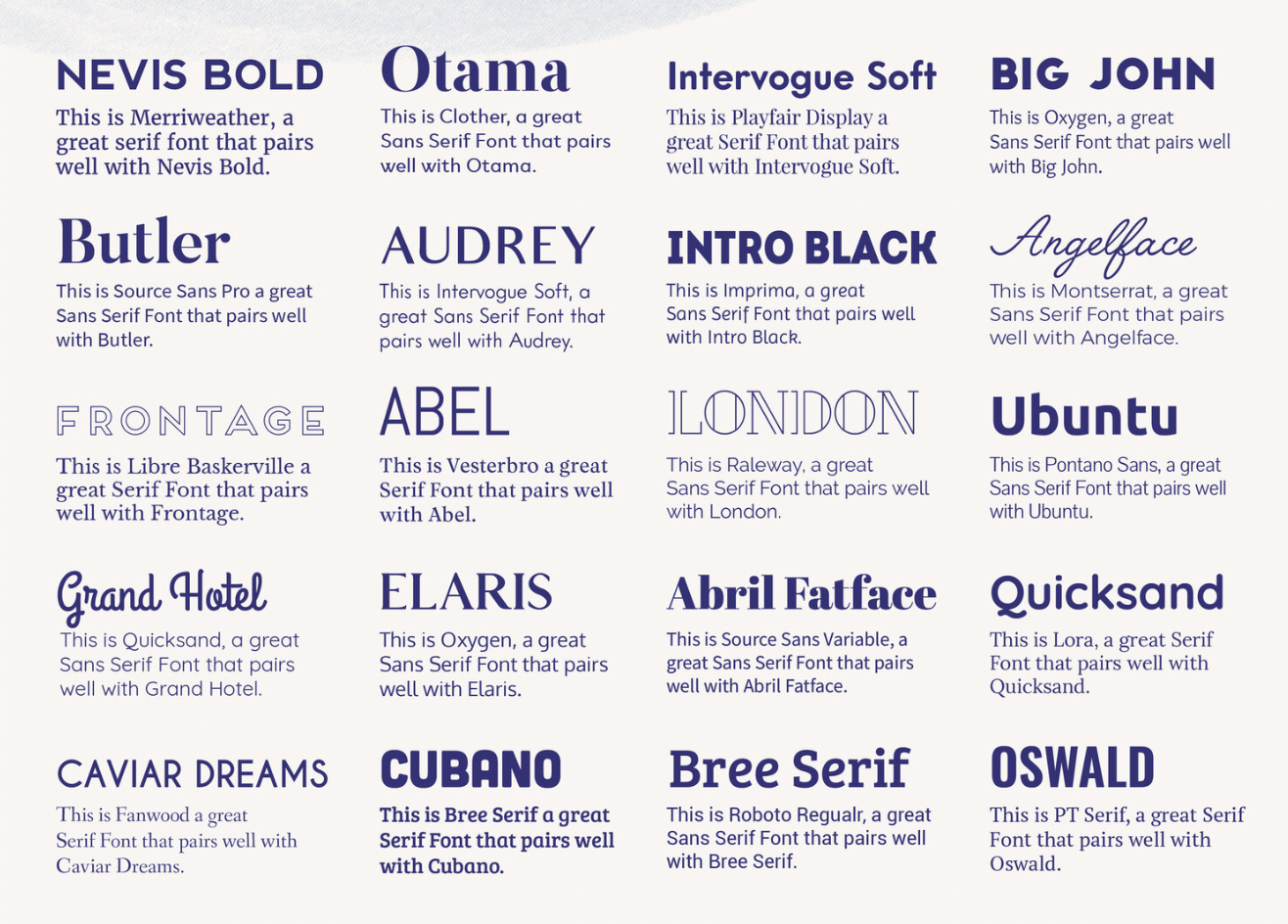What is Ambient Light?
Have you ever entered a room and felt instantly soothed by the gentle illumination surrounding you? Or maybe you noticed your mood lift as you stepped outside into bright, natural sunlight? These experiences are all thanks to ambient light. But what exactly is ambient light, and why does it play such a powerful role in our daily lives?
Defining Ambient Light
Ambient light refers to the general illumination present in a given environment. It is the light that fills a space, providing overall brightness and visibility. This type of lighting is often soft, diffused, and evenly spread throughout a room, creating a comfortable and relaxed atmosphere.
Natural and Artificial Sources
Ambient light can come from both natural and artificial sources. Natural ambient light is derived from the sun or moon, and it varies in intensity and color throughout the day and night. Sunlight streaming through a window, casting a warm glow on your surroundings, is an excellent example of natural ambient light.
On the other hand, artificial ambient light is generated by man-made sources such as overhead lighting fixtures, lamps, or even candles. It is carefully designed to mimic or enhance natural light in order to create a specific mood or ambiance within a space.
Importance of Ambient Light
Beyond simply allowing us to see, ambient light has a profound impact on our physical and emotional well-being. Here's why it matters:
1. Visual Comfort: Ambient light ensures that we have adequate visibility in our surroundings without causing strain to our eyes. It reduces harsh contrasts and shadows, making it easier to navigate a space.
2. Mood Enhancement: Different lighting levels and colors can significantly influence our mood and emotions. Bright, cool-toned ambient light can create an energizing and productive atmosphere, while warm, soft lighting evokes a sense of relaxation and coziness.
3. Architectural Highlighting: Skillfully placed ambient lighting can highlight the architectural features of a room, accentuating its unique design elements and creating a visually appealing environment.
4. Health and Well-being: Exposure to natural ambient light during the day helps regulate our circadian rhythm, which plays a crucial role in our sleep-wake cycle and overall well-being. Insufficient natural light can negatively impact our mood, concentration, and sleep quality.
Designing with Ambient Light
When designing a space, it's essential to consider the role of ambient light and how it can be harnessed to create the desired atmosphere. Here are a few tips:
1. Layered Lighting: Combining different lighting styles, such as ambient, task, and accent lighting, adds depth and dimension to a space. Each layer serves a specific purpose and contributes to the overall aesthetic.
2. Adjustable Controls: Installing dimmers or switches with multiple brightness settings allows for flexibility in adjusting ambient light levels according to different activities or moods.
3. Optimal Placement: Positioning lighting fixtures strategically ensures even distribution of light throughout the space. Consider the room's layout, furniture arrangement, and the function of each area when determining where to place fixtures.
4. Color Temperature: Choose the appropriate color temperature for the desired atmosphere. Cooler temperatures (bluish-white) are ideal for energizing spaces, while warmer temperatures (yellowish-white) create a more relaxing ambiance.
Whether you're working, reading, or simply unwinding, the presence of ambient light greatly influences your experience. Understanding its power and integrating it thoughtfully into our surroundings can transform any space into a welcoming retreat, enhancing both our physical and emotional well-being.
Ambient lighting is often a term used by filmmakers and production hands to describe the general vibe of the set they are trying to design. It is an incredibly important aspect of transporting their audience into a scene.
How Filmmakers Use Ambient Lighting in Their Productions
Ambient lighting plays a crucial role in setting the mood and enhancing the visual appeal of a film. Filmmakers strategically utilize ambient lighting to create a specific atmosphere, evoke emotions, and highlight important elements within a scene. Let's explore some of the ways filmmakers use ambient lighting in their productions.
Setting the Mood: Ambient lighting sets the overall tone and mood of a scene. Whether it's a bright and warm lighting scheme to depict a joyful moment or a dim and moody lighting to create suspense or mystery, filmmakers carefully manipulate the ambient light to convey the desired emotions and enhance the storytelling. The choice of color temperature, intensity, and direction of the ambient light all contribute to the emotional impact of a scene.
Creating Depth and Texture: Ambient lighting is essential for creating depth and texture in the frame. By using various lighting techniques like side lighting, back lighting, or top lighting, filmmakers can add dimensionality to their shots. Shadows and highlights created by ambient lighting help to define the shape of objects and add visual interest. This technique can bring life to both the characters and the environment they inhabit.
Accentuating Key Elements: In many cases, ambient lighting is used to draw the viewer's attention to specific elements within a scene. Filmmakers may strategically place brighter lighting on important characters or objects to make them stand out amidst the surrounding environment. This technique enhances the focus and helps guide the audience's attention to the intended subject of the scene.
Establishing Time and Place: Ambient lighting can be used to establish the time of day or the location of a scene. By using warm, golden hues for a sunset or sunrise shot, or cool blue tones for nighttime scenes, filmmakers create a visual language that instantly informs the viewer about the setting. Additionally, they may use practical lighting sources such as street lamps, candles, or neon signs to accentuate the ambiance of a particular place.
Enhancing Realism or Artistry: Ambient lighting can either aim for natural realism or artistic manipulation. Some filmmakers prefer to replicate natural lighting conditions to create a sense of authenticity, while others use more stylized or exaggerated lighting to evoke a specific mood or theatrical effect. Both approaches can be effective, depending on the desired aesthetic and storytelling goals of the film.
So, next time you step into a room, take a moment to appreciate the ambiance and the role that lighting plays in creating it!























